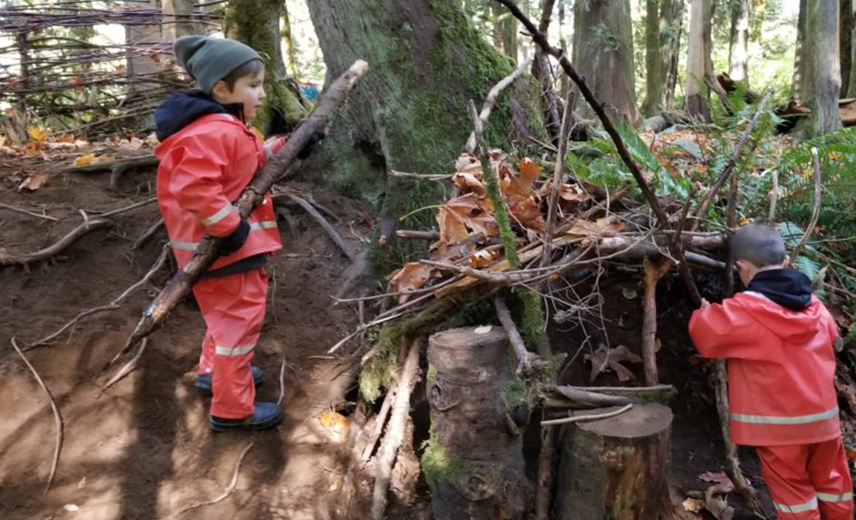Cultivating Joy on Earth Day: Here Are Some Practices for Providing Culturally Responsive Outdoor Learning in Underrepresented Communities
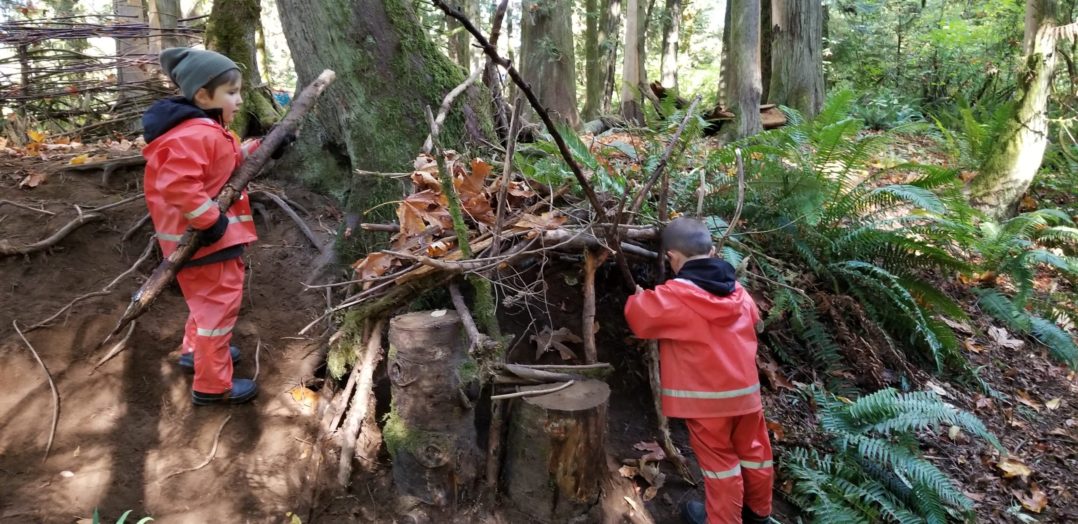
At the Squaxin Island Child Development Center on Washington State’s Puget Sound, children spend their days with making forts out of branches and leaves, drawing and writing with sticks and mud, and climbing trees, all tools for developing their social and emotional skills, not to mention their understanding of math, science, and the ABC’s.
It’s one of hundreds of nature pre-school and kindergarten programs operating across the nation. But Squaxin’s program is a trailblazer. For decades, nature education programs have flourished in predominately White, middle to upper-class populations. This one services primarily Native children from the Squaxin Tribe and relies on the elder’s ancestral knowledge of nature. It recently participated in a pilot program that just this week led the Washington State Legislature to pass SB 5151-2021-22, the first bill in the country to allow licensed childcare subsidies choices of both indoor and outdoor classroom programs.
“All of our families now have access to a high-quality outdoor preschool program that encourages both families and children to discover their connection to our natural world,” Squaxin Island Child Development Center Operations Director Sabrina Green told ProgressReport.co. “It has given families an opportunity to enroll their children in a non-traditional early learning program that still meets all kindergarten readiness standards and meets the individual needs of their children. Most importantly for our program, it has allowed us to incorporate cultural teachings with hands-on learning and experiences. It has also allowed us to expand nature base learning throughout our entire program. ”
Keep up with the latest from UnidosUS
Sign up for the weekly UnidosUS Action Network newsletter delivered every Thursday.
Early childhood experts say children of color, English learners, students with disabilities, kids from immigrant families, and little ones with other complex social and emotional experiences, could greatly benefit from learning like this, especially after more than a year pandemic life.
“Mitigating trauma is focused really on cultivating joy and building resiliency,” said Dr. Sheri Hill, an early childhood system and policy consultant who has collaborated with the tribe. During a webinar sponsored earlier this spring by UnidosUS’s early childhood educational partner ZERO TO THREE, she offered several ideas that could easily be harnessed by educators, parents, and other caregivers this Earth Day, and beyond. She began by asking webinar participants to build a word cloud associated with outdoor play. Very quickly the exercise showed the most popular words were freedom, fun, and free, but those aren’t terms often utilized when speaking of toxic stress and trauma, issues that have been chronic for young children during the pandemic.
“The research has really come together to show is that connections with nature improve educational and health outcomes, build empathy and executive functioning, support healthy relationships, relieve stress and reduce behavioral challenges,” Hill said, citing a series of studies explored in a 2019 environmental psychology article published in the scholarly journal Frontiers in Psychology.
But she was also quick to note the number of barriers underserved communities, especially those living in urban areas or with caregivers who are elderly or disabled. For example, there may not be parks or green spaces close to home, traveling can require time and money many some families just can’t afford, and oftentimes outdoor spaces lack adequate paths and other structures for wheelchairs or walkers.
Referencing a popular hashtag titled #naturesowhite, Hill noted that the environmental stewardship movement has historically been championed by White males, who may not be as in touch with issues of environmental toxicity, or colonial trauma. For example, many zoos, museums, and parks don’t have diverse or culturally responsive staff, informal STEM programs often lack diversity and inclusion training, and in many Indigenous communities, native words that would enrich the sense of belonging to the environment have been lost with the disappearance of home languages. She also told ProgressReport.co that garden projects have proven helpful for parental engagement and outdoor learning among immigrant families.
“You can grow familiar items, cultivate things that connect you with your home culture and language through an activity,” said Hill, who recently held a position as the senior manager of programs for the Woodland Park Zoo’s Department of Learning and Innovation in Seattle. She’s ecstatic about the passing of SB 5151.
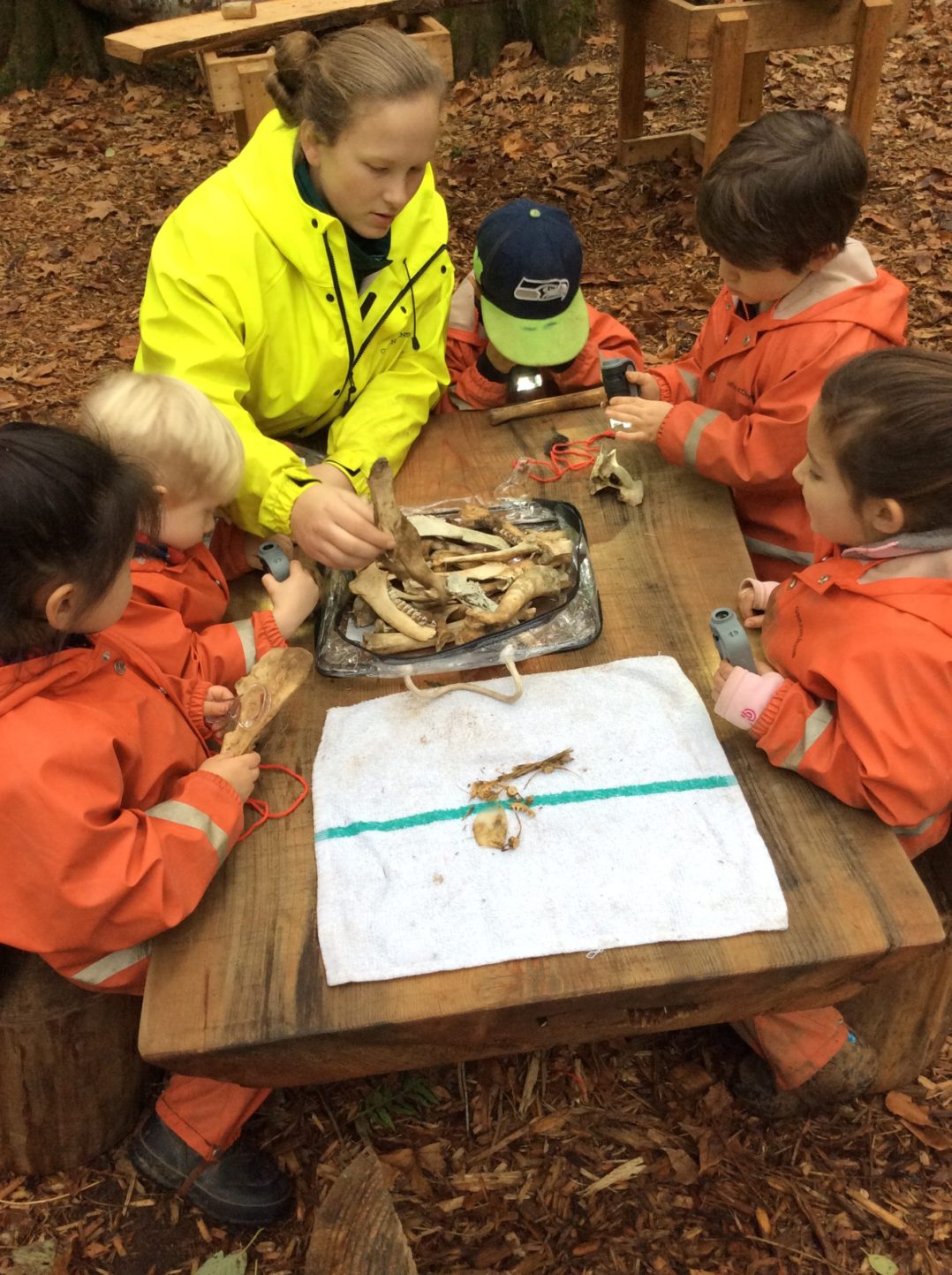
“How amazing is that?” she marveled during a follow-up interview with ProgressReport.co. “Every licensed childcare center can now offer an outdoor classroom and that could happen by this fall, especially since the relief bill will provide an increase in childcare subsidies that can fund outdoor preschools as well as before and after school programs.”
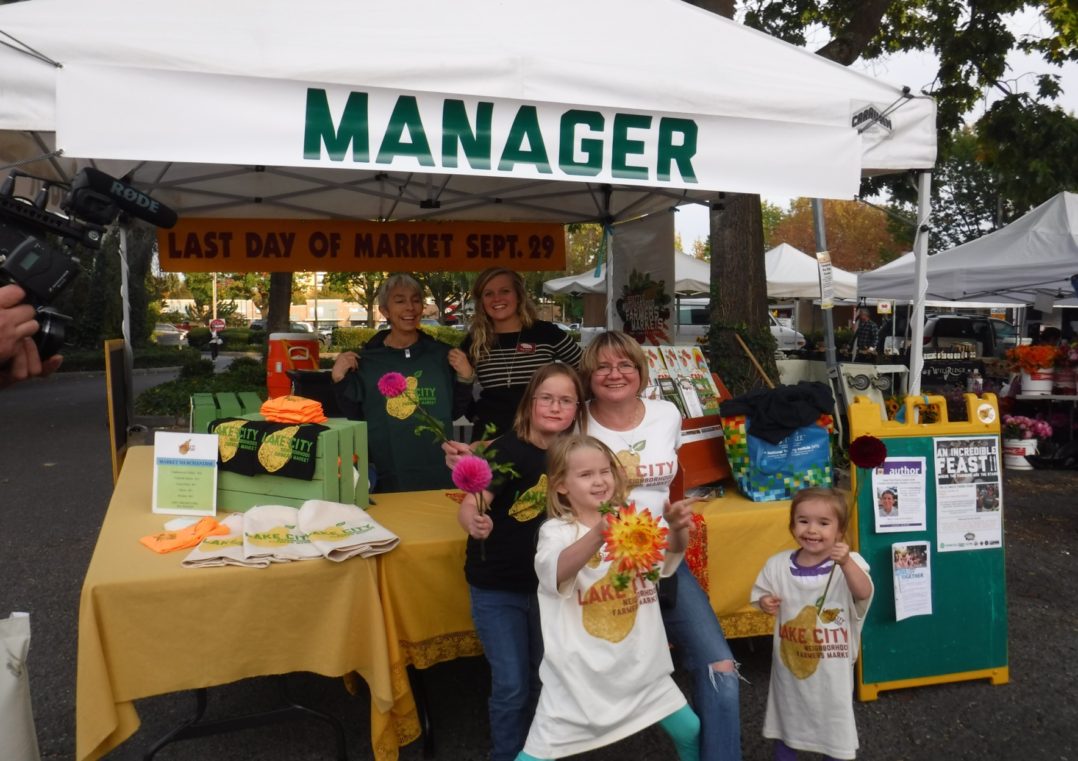
Hill says she is also helpful this law will send a message of “environmental accessibility and availability” to kinds of policymakers, educators, children and families, and environmental conservationists across the country.
And while the spread of such legislation might take time, Hill told webinar participants there are all kinds of ways to engage children in nature in the here and now. Ideally, children are getting out into the grass, the mud, and the trees, engaging all of their senses and finding their sense of balance and belonging in those spaces. But with the pandemic still raging and no end in sight to the extreme marginalization of America’s most vulnerable populations, Hill suggests doing things like watching online videos about nature, gathering rocks, sticks, pinecones, and other pieces of nature in a bag and bringing them inside to play with, or looking around the house at objects such as baskets, toys, ornaments, and musical instruments that might be made with natural wood or fibers. All of these things can be turned into a conversation about engaging nature, she says, and oftentimes, those conversations reflect back a child’s community of origin, and how that particular community might have traditionally engaged with and utilized nature in a harmonious way.
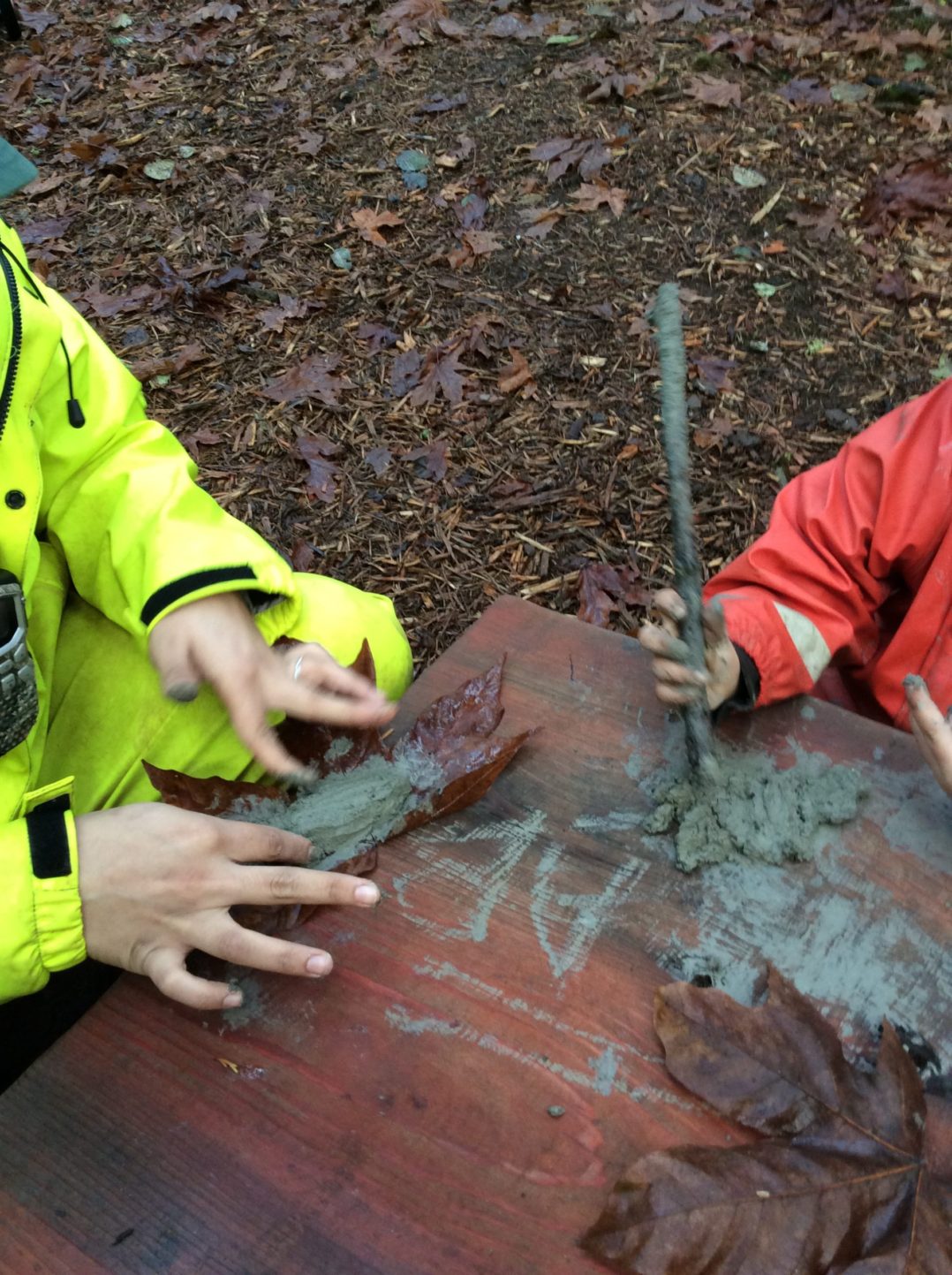
“Sometimes they’re more interested in the simple nature playthings than all the other things you would expect to pay for with money,” Hill explained.
“At the end of the day, you really want to be focusing on cultivating joy and play, and it can be both indoors and outdoors,” she said, noting that studies have shown academic performance can even be enhanced through indirect exposure to nature, such as having a tree outside a classroom window or just having pictures of nature in a student’s midst.
Many of these methods have also been utilized to foment environmental consciousness and civic engagement at the UnidosUS Affiliate El Centro de la Raza Child Development Center in Seattle. The multilingual program was built to help diverse families become active participants in their community while maintaining and sharing their home languages and customs. In fact, sometimes the preschoolers are invited to march around outside in observation of the farmworker movement spearheaded by Latino activists like Cesar Chavez and Dolores Huerta or to give a shout out to Earth Day.
“They’re able to verbalize what they did and what they fought for,” Marta Díaz, a veteran educator at El Centro, told ProgressReport in a 2019 multimedia feature. “They’re learning to speak out, they’re learning to defend themselves, and they’re learning love. It’s about sharing. It’s about caring. It’s about negotiating.”
“This Earth Day is a wonderful opportunity for all of us to celebrate the natural wonders of the world around us. Unfortunately, it’s far too common for underserved communities to lack the resources they need for early childhood education to include programming around and about nature,” Julia Richards, ZERO TO THREE’s Senior Director of Operations, Product & Innovation, told ProgressReport.co “As we strive to expand access to affordable, comprehensive early childhood education for all our babies and toddlers, we should ensure that they have every opportunity to learn about and cherish their planet.”
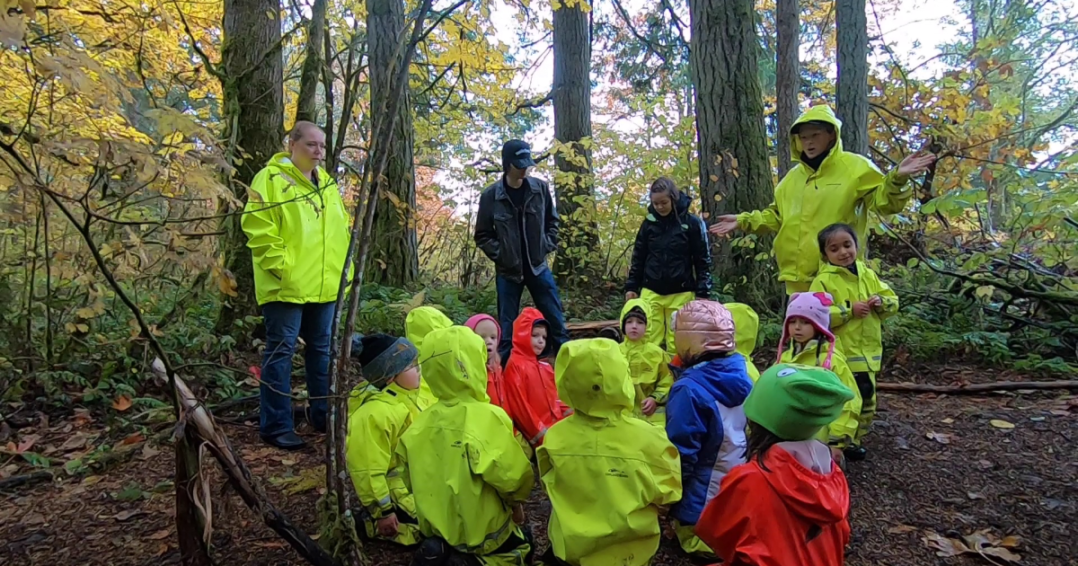
UnidosUS Education Research Program Manager Dr. Ingrid T. Colón also believes these kinds of education policies and teaching practices pave the way for both environmental stewardship and humanitarian concern, and welcomes the growth of outdoor classrooms, especially ones that center the traditional wisdom and knowledge of Indigenous Peoples.
“Our students need to learn to thank, respect, love, and take care of this planet. We can all contribute to leaving Earth a better place for future generations,” she told ProgressReport.co. “We can use opportunities like these to engage in critical discussions with students from an early age to bringing environmental justice. By doing so, we can also promote racial justice through students’ civic engagement and developing their curiosity, agency, and collective problem-solving.”

